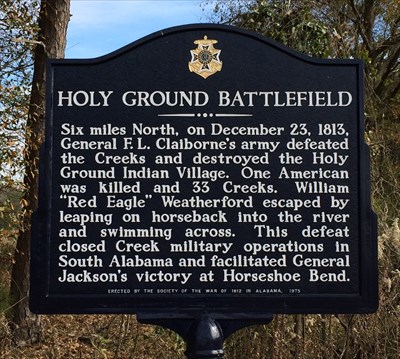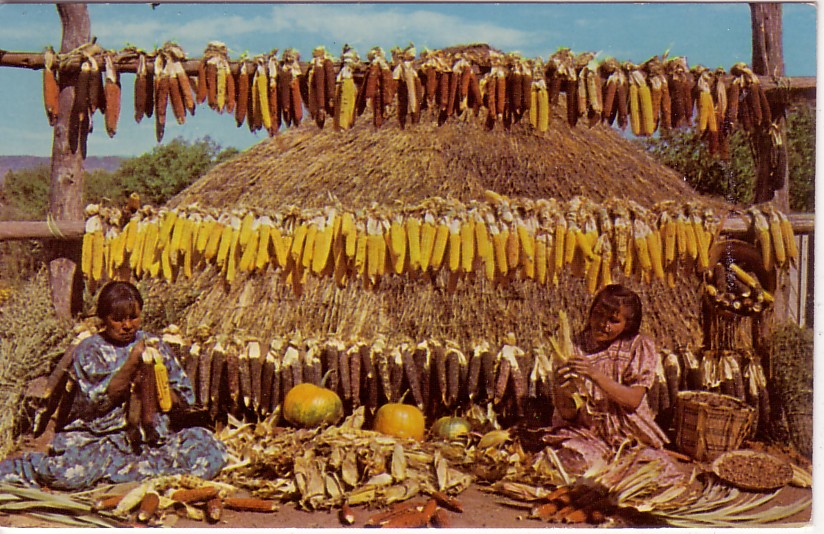Rousseaus Raid Decimated Central and East Alabama
Rousseaus Raid during the latter days of the Civil War was one of the most devastating attacks ever to hit the State of Alabaman.
It was so fast and brutal, that in less than 14 days, the Union troops either totally destroyed several Confederate infrastructures, or severely paralyzed them.
Starting in the north central part of the State, this devastating attack literally ripped the infrastructure out of the north and middle parts of the state.
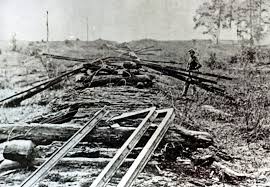 Some of The Destruction Caused By Rousseau's Raid
Some of The Destruction Caused By Rousseau's RaidThe Confederates tried to mount counterattacks, especially as the Union troops got close to Montgomery, but they were outgunned and outmanned.
This daring and extremely effective raid by the Union troops is remembered by historical markers in several parts of the State.
They include historical markers in Lee and Tallapoosa counties, Auburn’s Pine Hill Cemetery, and Ten Islands Historical Park in Ragland Alabama.
The History of Rousseaus Raid
 Rousseaus Raid Historic Marker In Opelika Alabama
Rousseaus Raid Historic Marker In Opelika AlabamaRousseaus Raid was all part of a master scheme that was laid out by Lt. General Ulysses S. Grant, and Major General William Sherman of the Union Army.
Their goal was very simple; hit the Confederate infrastructure so hard and fast that they would not be able to move supplies to their troops.
This plan included hitting several southern states with the goal of starting these attacks in Richmond Virginia, and ending them in Atlanta, Georgia.
However, while several states were targeted in this sneak attack, the gut of the attack was to be in Alabama.
In setting up this fast and very effective sneak attack, these two Generals gathered together a massive supply of both weapons and munitions.
However, the key to this massive undertaking was the number of men they put together to execute it, which was overwhelming for the Confederates.
The total Union troops pulled and reassigned to these raids included over 100,000 troops, which the Confederates had no chance of matching.
While the attacks were considered very large in scope, the main attack was to center on Alabama, and for this task, General Lovell Rousseau was selected.
General Rousseau was from Kentucky, and he had played a major role in the Mexican War of 1846-1848.
He had also led several successful Union operations, and he gathered a force of 2,500 Cavalrymen to perform this daring raid.
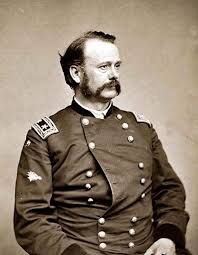 General Lovell Rousseau
General Lovell RousseauHis plans were to start his blitz attacks in Decatur Alabama, and then travel to Talladega to continue it, and then end it near Columbus, Georgia.
Columbus Georgia is below Auburn and Opelika and is located on the Alabama-Georgia border.
One of his first targets was the bridge located at Ten Islands as well as any other bridges along the way, to “chock” the supply route for the Confederate supplies.
His major target would be the railroad that ran between Montgomery and Opelika Alabama, but he was to take out any form of infrastructure along the way.
During the final year of the war there would be several Union Cavalry attacks in Alabama, but this attack was the first one.
Rousseaus Raid officially started on July 10, 1864, and this “hit and run” attack would last less than two weeks but would do an incredible amount of damage.
To accomplish his assigned task, General Rousseau selected companies from the Eighth Indiana Calvary, the Fourth Tennessee Calvary, and the Second Kentucky Calvary.
It also included Ninth Ohio, the Fifth Iowa, and the First Michigan Calvary, for a total of just over 2,700 soldiers.
After two days and nights, Rousseaus Raid had covered over 40 miles, and on the third day they had arrived at the Coosa River in Greenport, Alabama.
Once there and after a brief skirmish with only a few Confederate soldiers, they secured a ferryboat where about 200 of his men crossed the river.
Historical records show that during this “skirmish” the General reported only one soldier was wounded, however, over 300 were declared “ineffective”.
From here they reached and then crossed the Tallapoosa River, where they quickly destroyed parts of the railroad lines that ran between Tuskegee and Opelika.
This started what would be several “folklore” legends, as this would later be referred to as “Sherman’s Noodles”.
The Destruction of Rousseaus Raid
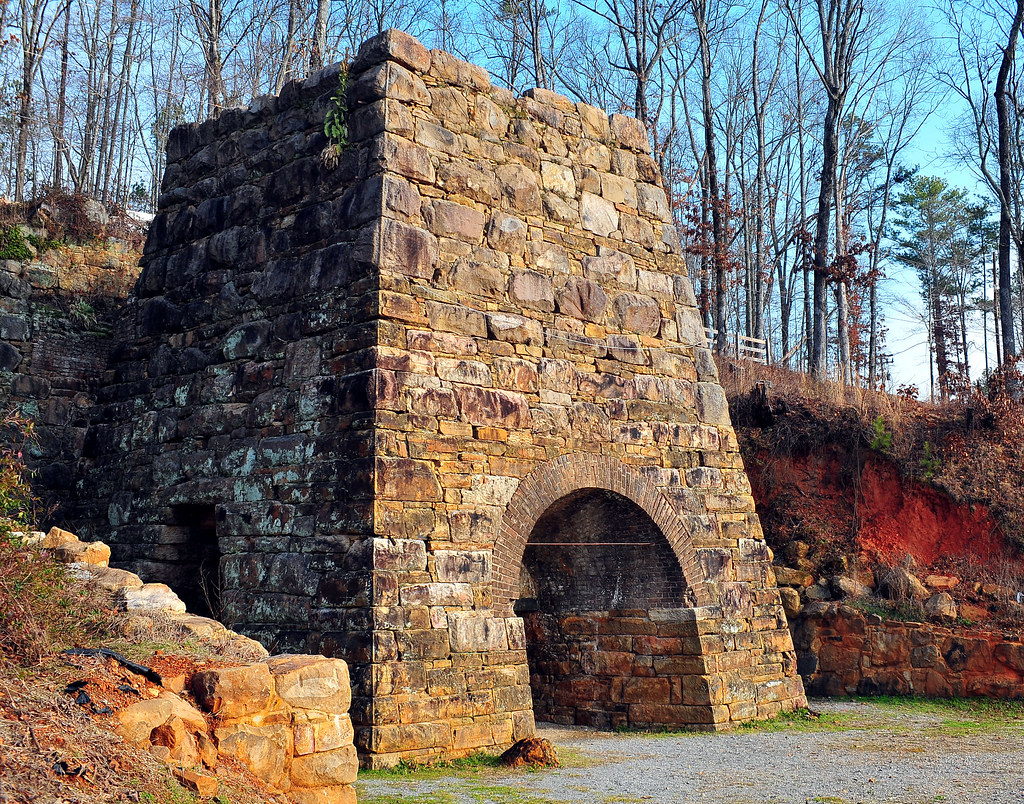 The Janney Furnace In Ohatchee Alabama
The Janney Furnace In Ohatchee AlabamaThe reason for this is that Rousseau’s men had heated the iron rails, and then twisted them to look like “noodles”.
One day later, on July 14, they also destroyed the Janney Furnace and Cane Creek Iron Works, in what later would become known as Ohatchee, Alabama.
The next day the Union raiding party arrived in Talladega, where they would destroy the railroad depot, two-gun factories, as well as several railroad cars full of food.
They then moved southeast and finally stopped at Loachapoka, which was located next to the Montgomery and West Point Railroad.
Here they cut the telegraph wires and rested, as they had traveled over 200 miles thus far.
Rousseaus Raid continued at 10:00 PM at night on July 17, to continue towards their major target, but only after creating more “Sherman’s Noodles”.
The Union Troops gathered anything that would burn and threw the railroad ties they had pulled up into a pile once again and melted them.
The city of Montgomery was alerted to these raiding Union Forces on the morning of July 18, and the Governor of the State, Thomas Watts, put out a desperate cry for help.
This call was answered as over 300 Confederate soldiers, including 54 cadets from the University of Alabama’s military school, came to help.
These Confederate troops gathered all the arms they could get to fight the Union Army, but by now they had divided into four different units.
The first group, the Tennessee Calvary, went to attack the railroad line that went to Notasulga, Alabama, and the Eighth Indiana Calvary, went to destroy the lines going from this location.
The third group of Union soldiers went toward Auburn, Alabama, and the fourth went to destroy even more rail lines.
When the Union troops arrived in Auburn, they were met by a small Confederate force that was made up of wounded troops from a local Confederate hospital.
These wounded Confederate troops very quickly retreated, and the Union Calvary continued Rousseaus Raid by destroying several supplies at the Auburn Railroad Station.
They also destroyed about three miles of railroad tracks, by burning them once again.
The Confederate troops from Montgomery arrived and were joined by troops from Tuskegee and would fight what would become known as the Battle of Chehaw Station.
However, the Union squad made up of the Eighth Indiana Calvary arrived to help the Fifth Iowa Calvary, and this fight ended very quickly as the young Confederates retreated.
Once this battle was over, the Union troops destroyed several more miles of rail line tracks in the same manner, as well as a hospital, a depot, and large amounts of supplies.
But Rousseaus Raid was still not over, as the Union troops divided once again.
These different units destroyed railroad lines going to Columbus Georgia, a depot and switches in Opelika, and then made their way toward Georgia.
They arrived in Powder Springs, Georgia on July 22, 1864, where they destroyed more rail lines, bridges, depots, as well as large quantities of cotton and other supplies.
Rousseaus Raid had lasted less the 14 days and was considered the most devastating attack the Confederates had suffered up to that point.
It had destroyed miles of infrastructure the Confederates relied on, and the Union Troops had suffered very few casualties.
In fact, historical documents show that only 50 Union troops were killed or captured, and the Union had accomplished their objectives.
This raid laid the groundwork for the future siege of Atlanta, as vital supplies had been cut off.
In addition to the Historical markers in Lee and Tallapoosa Counties, there is also one located at Auburn’s Pine Hill Cemetery.
This historical marker was recently unveiled by the United Daughters of the Confederacy, to honor those soldiers that died in the hospital located there.
References
http://www.americancivilwar101.com/campaigns/640710-rousseaus-al-raid.html
The Military History Of Alabama

Alabama Gift Store
Numerous Items for You and Your Family to Enjoy
See it here at the Gift Store
Copyright 2019-2023 Alabamabackroads.com
All Rights Reserved
